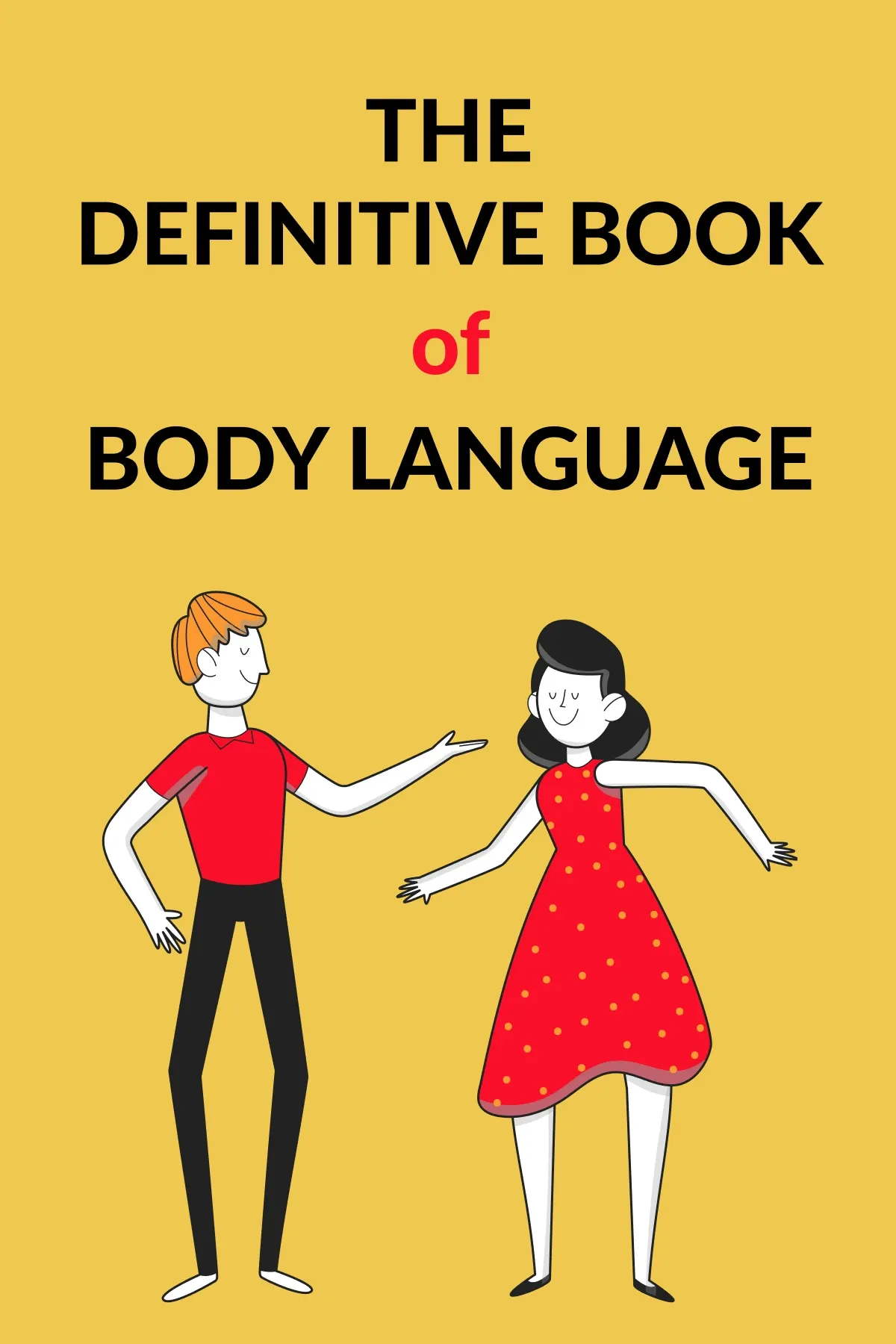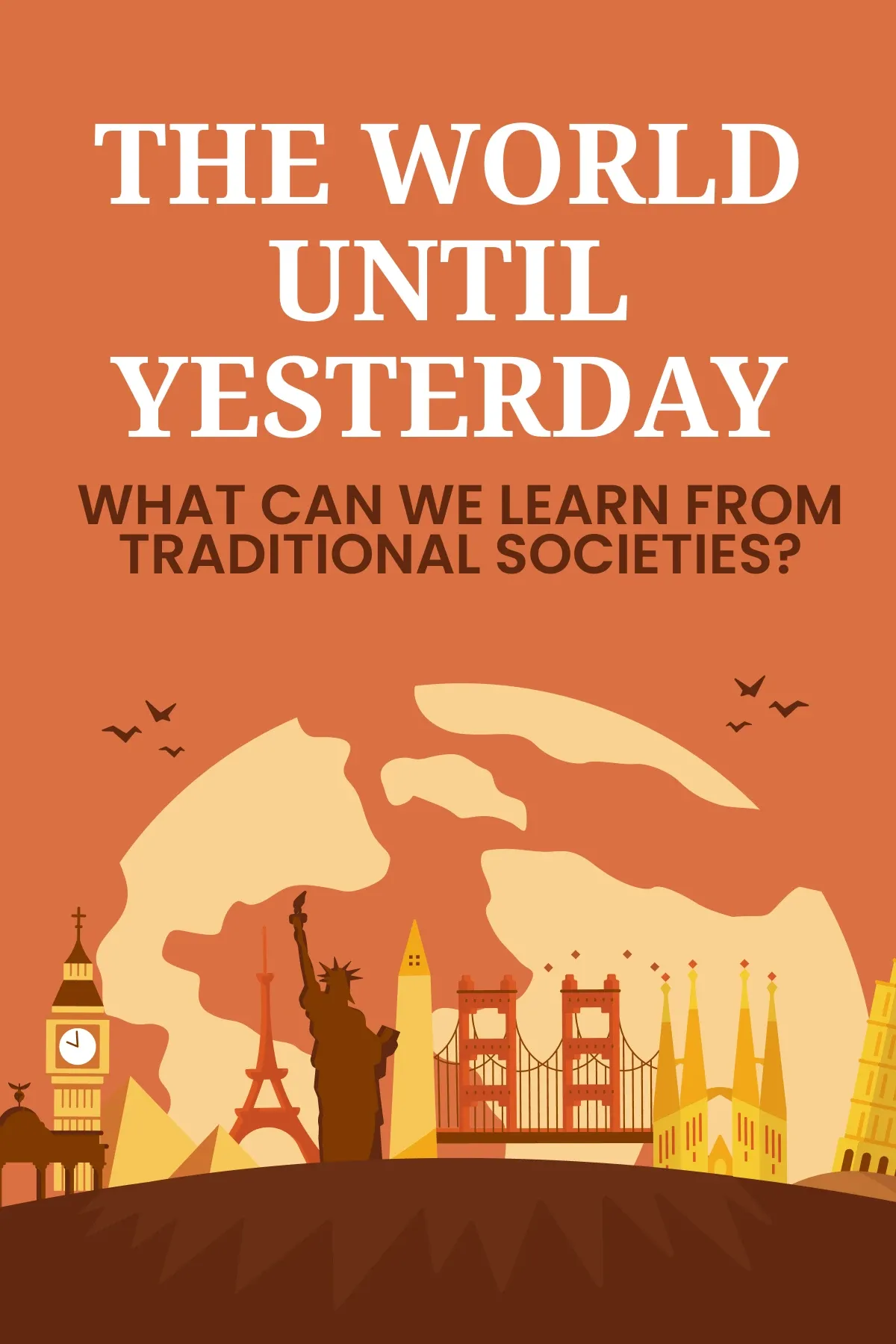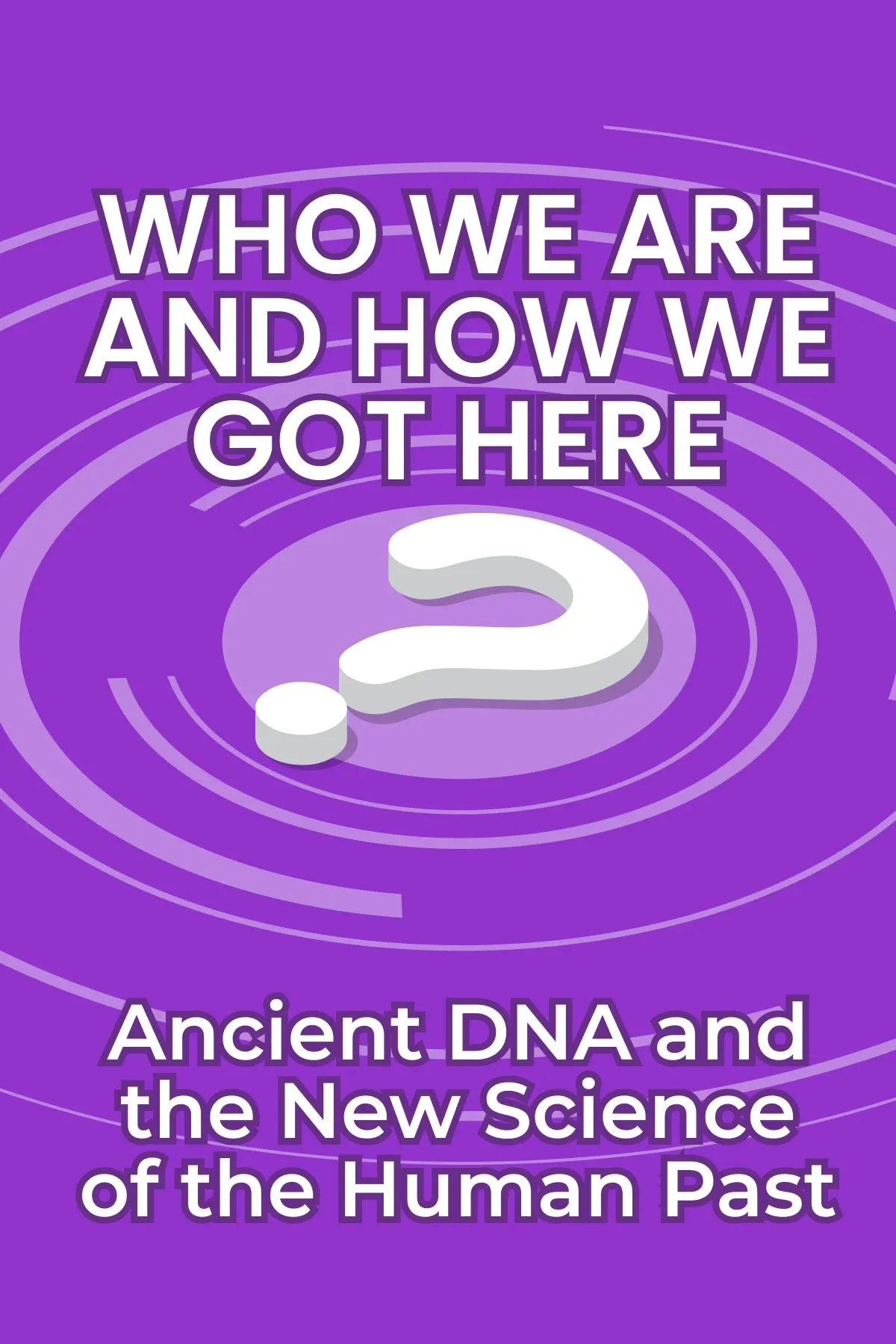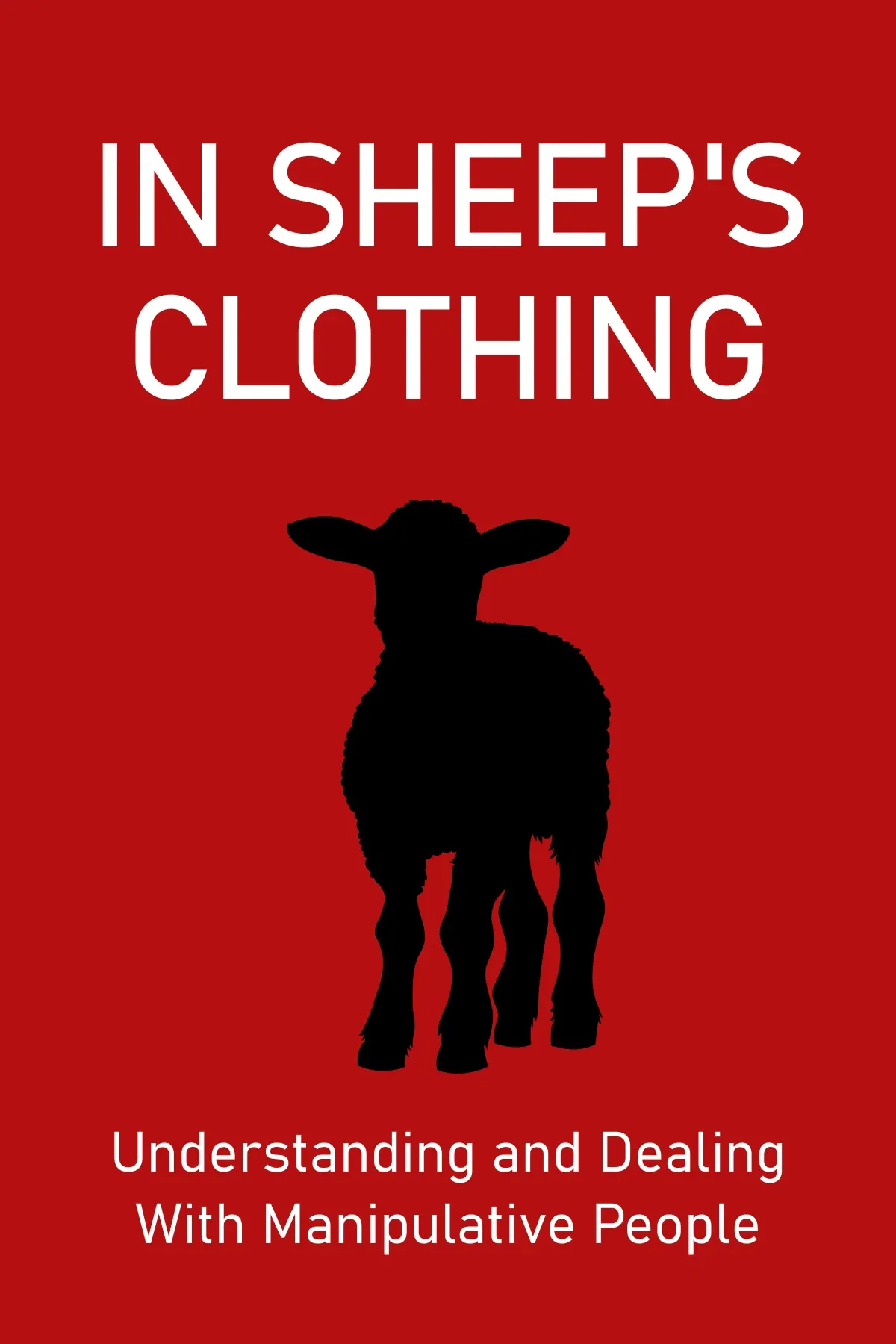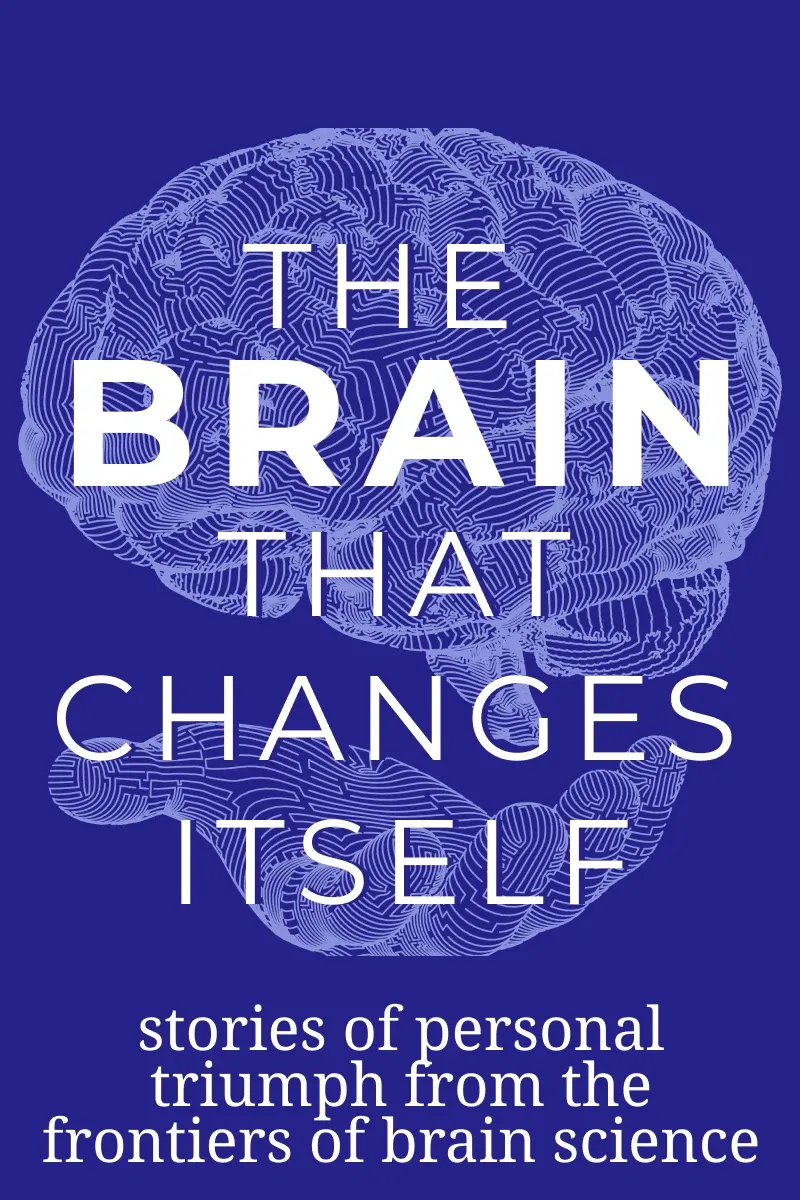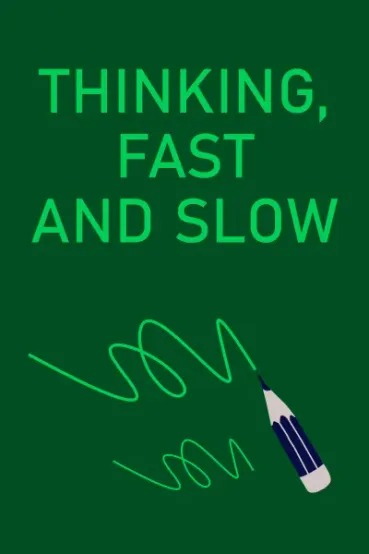
Thinking, Fast and Slow
Brief Summary
In “Thinking, Fast and Slow”, Daniel Kahneman invites us on a journey through the complex landscape of our minds, revealing how two distinct systems govern our thought processes. Using psychological insights and engaging examples, Kahneman unveils the hidden impacts of cognitive biases and heuristics on our perceptions, decisions, and beliefs.
Topics
Key points
Key idea 1 of 12
Have you ever wondered why we react to situations differently? Sometimes, you react instinctively, like when pulling your hand away after touching a hot kettle. Other times, you ponder over choices, for example, when selecting the perfect birthday gift for a friend. This happens because our brains have two different systems for handling situations.
Let's start with the first system, the fast and instinctive one. Imagine walking in a forest and suddenly hearing rustling in the bushes. Immediately, you're alert and ready to run. That's this system in action — fast, automatic, and based on instincts. It's like your brain's autopilot. The same instinctive system might lead you to eat an entire pizza while watching your favorite show. This happens even if you intend to eat a couple of slices.
The second system is the thoughtful one. It's like the wise old owl in your head. Imagine facing a complex task, like solving a difficult puzzle or organizing a surprise party. In these moments, a different system in your brain becomes active. It encourages you to think things through and consider various possibilities. This aspect of our cognition is a sophisticated development in our evolutionary history. It assists us in navigating complicated matters such as careers, personal relationships, and the intricacies of taxes.
But here's the twist: These two systems don’t always get along. Sometimes, they're like two chefs in a kitchen, each wanting to cook their own recipe. This tussle inside our heads can influence our actions. Have you ever panicked during a test, even though you studied hard? That's them not getting along. We can gain insights into our behavior patterns by understanding how this system works. Perhaps we can even learn to outsmart our mental processes.
FAQ
You may also like these summaries




